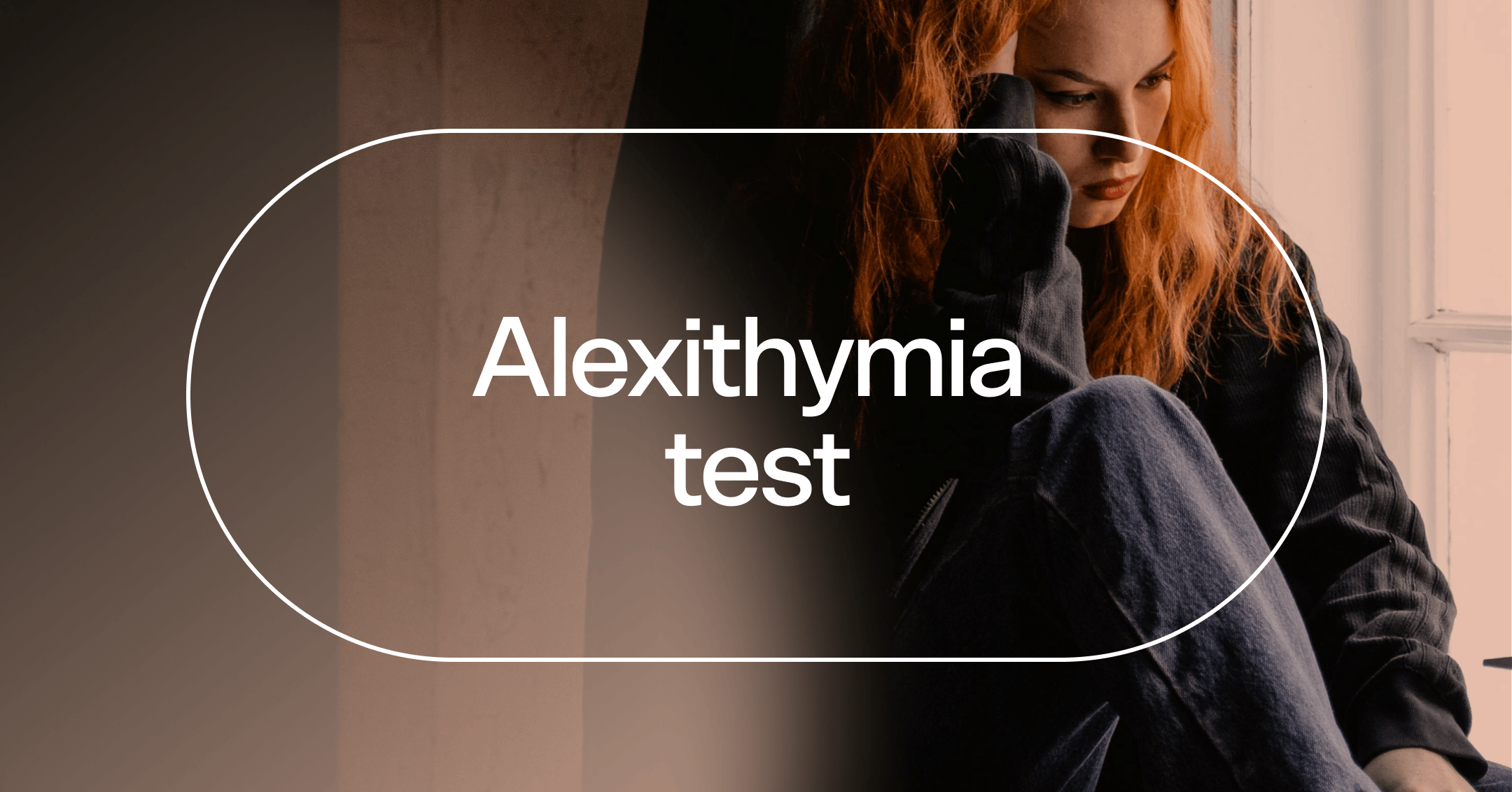When an LGBTQ+ person absorbs negative cultural beliefs about their identity, it’s called internalized homophobia.
Internalized homophobia can lead a person to feel ashamed of who they are. It can also affect their mental health and relationships.
Recognizing and challenging unhelpful beliefs can help you embrace your identity. If you need additional support, talking to an LGBTQ+-friendly therapist can help.
A person’s environment and culture can influence how they feel about themselves. When a queer or trans person receives negative societal messages about LGBTQ+ people, they may unintentionally start to believe there’s something wrong with their identity. This phenomenon is referred to as internalized homophobia, and research shows that it can harm a person’s relationships and mental health.
But the good news is that, with the right support, you can begin to challenge internalized homophobia. By increasing awareness, replacing unhelpful thoughts, and strengthening your support network, you can embrace your identity and cultivate self-love.
A note on language: In a clinical context, a phobia is an intense fear of something specific (like spiders) that impacts a person’s functioning. However, this isn’t the same as the “phobia” in internalized homophobia. We’ve chosen to use the term in this article for accessibility. But we want to affirm that LGBTQ+ identities shouldn’t be associated with phobias. We also want to acknowledge that, in some cases, the term “internalized homophobia” carries a negative connotation and may oversimplify complex issues.
Signs of internalized homophobia
The first step in combating internalized homophobia is learning to recognize it. But because it’s an unconscious process, it can be hard to detect. The way these negative beliefs take hold and show up can vary from person to person.
But if you or someone you care about is experiencing any of the following, it could be a sign of internalized homophobia.
You restrict the way you express yourself to present a more “acceptable” version of queerness. This affects how you choose to speak, dress, etc.
When you and your cishet (cisgender and heterosexual) friends talk about relationships, you avoid discussing yours. You don’t expect other people to take your romantic interests seriously.
You use humor to deflect when you’re feeling uncomfortable. You sometimes make jokes about your identity.
You find yourself thinking that some members of the LGBTQ+ community aren’t “queer enough” for certain spaces or activities.
You haven’t come out or explored your queer identity because you think it’s wrong and feel ashamed of it. You’re hoping it’s just a phase and that it will eventually fade away.
If any of these feel familiar to you, know that it’s not your fault. Internalized homophobia is the result of the stigma and prejudice in culture, not a reflection of you. Many LGBTQ+ people have struggled with similar things, and you don’t have to dismantle these beliefs alone.
The care you need, when you need it
Learn how Rula can support your mental health journey
How homophobia is internalized
Imagine growing up in a culture where your family, school, religious group, and the media taught you that black cats were bad luck. Maybe they didn’t say it directly, but everywhere you looked, black cats were shown in a bad light.
It would make sense that, even after deconstructing that belief and recognizing it as a superstition, some part of you might still bristle when a black cat crosses your path. This is because of the power of societal pressure and social conditioning. Outside influences shape how we see ourselves and the world around us in ways that can be difficult to change.
Similarly, we’re influenced by societal messages about gender and sexuality. While the world is becoming more accepting of queer identities, we still have a long way to go. Research shows that internalized homophobia is a common part of LGBTQ+ identity development. Left unchecked, it can increase the risk of low self-esteem, anxiety, depression, substance use, suicide,* and other mental health concerns for queer people.
*A note on safety: If you’re having thoughts of harming yourself, don’t hesitate to ask for help. The Trevor Project offers free, confidential crisis support for LGBTQ+ people. You can call them at 1-866-488-7386, text ‘start’ to 678-678, or use the chat feature on their website. You can also contact the National Suicide and Crisis Lifeline by dialing 988 from any phone. The counselors there will provide confidential support and resources to help keep you safe.
Overcoming internalized homophobia
If you’re experiencing internalized homophobia, know that you’re not alone, and it’s OK to ask for help. Many people find that working with an LGBTQ+-friendly therapist helps them overcome shame and internalized stigma.
You can also do some things on your own to challenge unhelpful beliefs and see yourself in a more positive light. Here are some ideas to help you get started:
Learn to spot it. Internalized homophobia can sometimes be tough to detect. It’s not always as simple as someone saying that being LGBTQ+ is bad or wrong. Try to reflect on how societal messages affect how you see your identity. If you notice signs of internalized homophobia in yourself, remember that these beliefs were learned and can be unlearned.
Accept yourself. One way to embrace your queer identity is to cultivate self-acceptance. Celebrate yourself (either privately or aloud) by honoring all the things that make you unique. Recognize that there are many layers to your identity, and being LGBTQ+ is something to be proud of.
Challenge negative thoughts. When you hear that voice in your head saying something negative about being LGBTQ+, stop to think about where it’s coming from. Whose voice is it? If it doesn’t reflect who you are or what you believe, know that you have the power to change it.
Build community. Being around people who’ve had similar experiences can be incredibly healing. Connecting with other members of the LGBTQ+ community can empower you to challenge internalized homophobia and help you feel less alone.
Internalized homophobia can fade over time as people replace shame with self-acceptance. With support and safe connections, the mind learns that being authentic isn’t dangerous — it’s freeing.

Brandy Chalmers, LPC
Clinical reviewer
Find care with Rula
When an LGBTQ+ person absorbs negative cultural messages about their identity, it’s called internalized homophobia. It’s an unconscious process that can lead a person to believe there’s something wrong with being LGBTQ+. Over time, it can harm a person’s mental health and cause them to feel ashamed of who they are.
If you’ve experienced internalized homophobia, know that it’s not your fault. We’re all influenced by our culture and environment. The good news is that beliefs can be unlearned, and you can change how you see yourself. Learning to spot and challenge internalized homophobia can help you dismantle it. If you need additional support, an LGBTQ+-friendly therapist can help you overcome the effects of stigma, practice self-acceptance, and celebrate your identity.
At Rula, we’re committed to delivering a comprehensive behavioral health experience that helps people feel seen and understood so they can get back to feeling their best.
Rula makes it easier to find a licensed therapist or psychiatric provider who accepts your insurance so you don’t have to choose between affordable care and excellent care. With a diverse network of more than 15,000 providers, 24/7 crisis support, and appointments available as soon as tomorrow, we're here to help you make progress — wherever you are on your mental health journey.
Rula's editorial process
Rula's editorial team is on a mission to make science-backed mental health insights accessible and practical for every person seeking to better understand or improve mental wellness.
Members of Rula’s clinical leadership team and other expert providers contribute to all published content, offering guidance on themes and insights based on their firsthand experience in the field. Every piece of content is thoroughly reviewed by a clinician before publishing.




